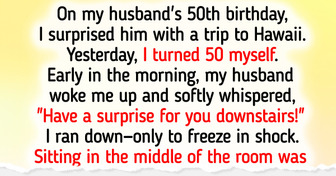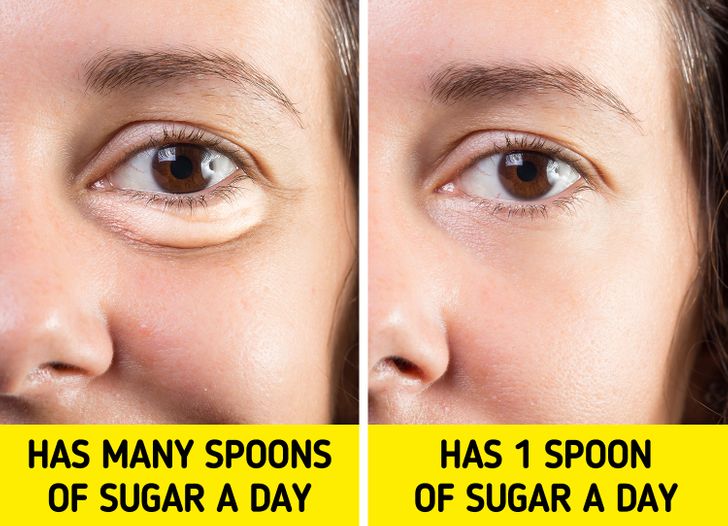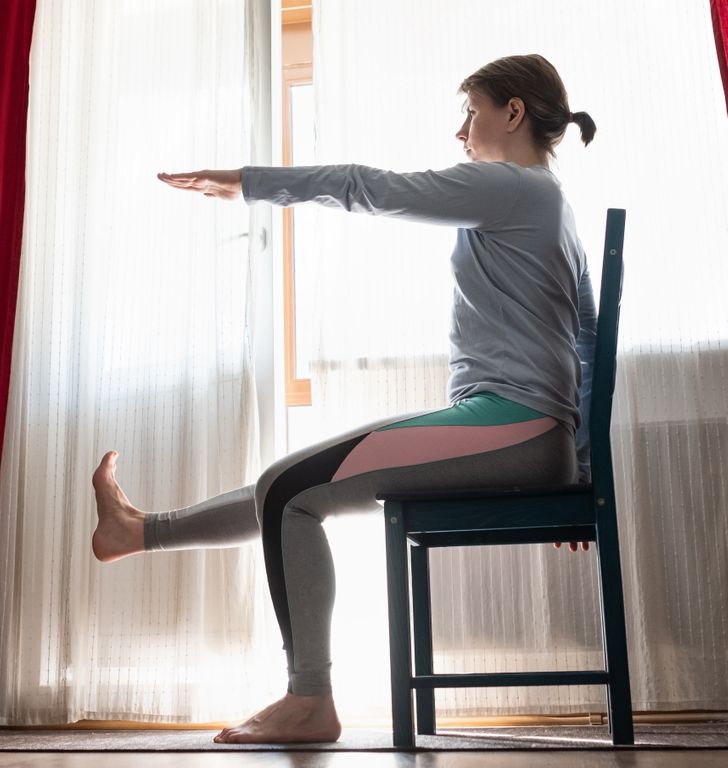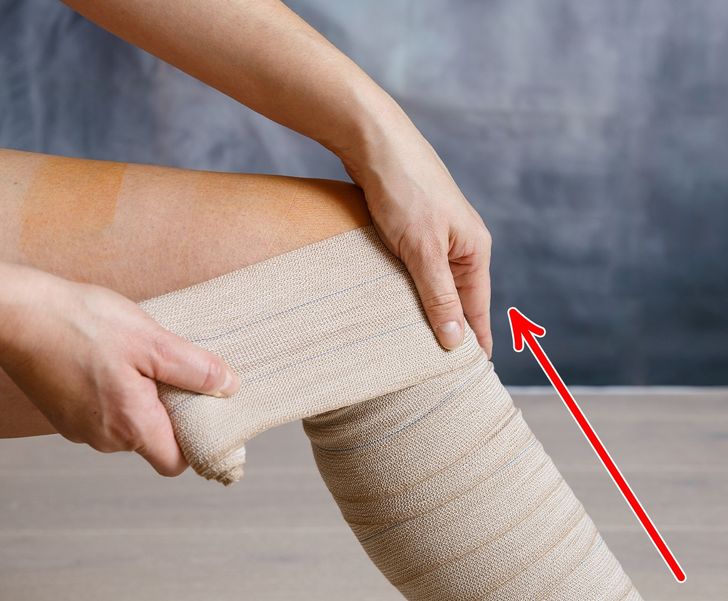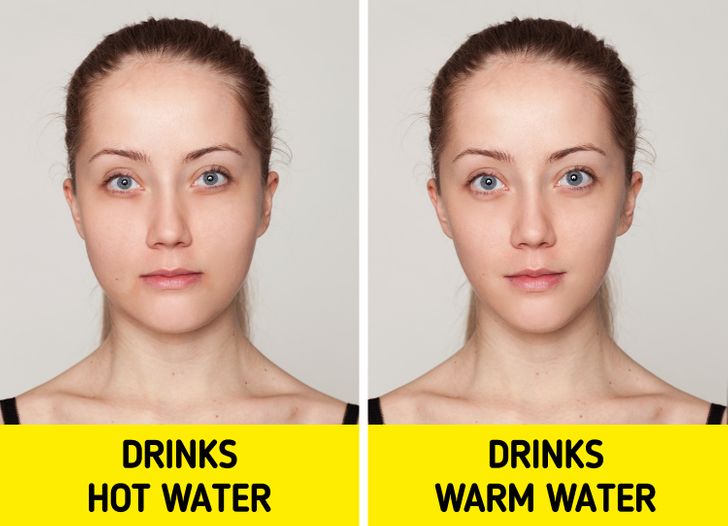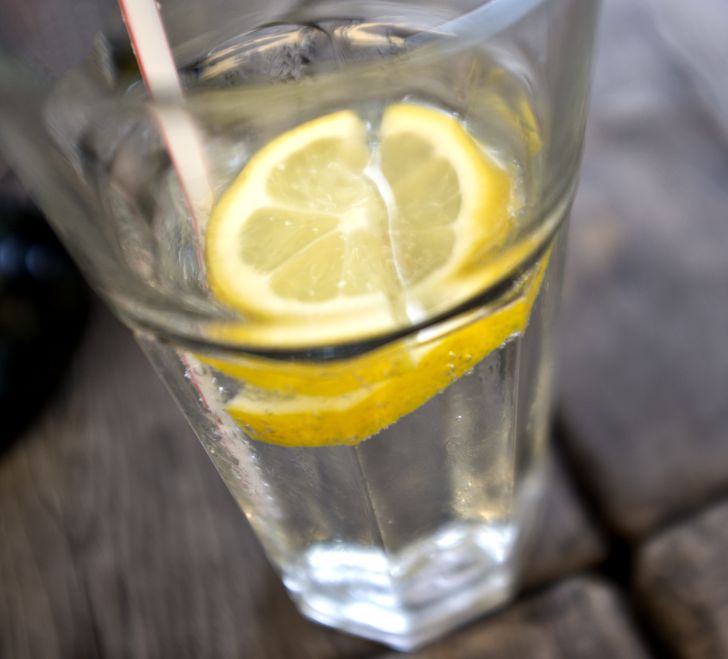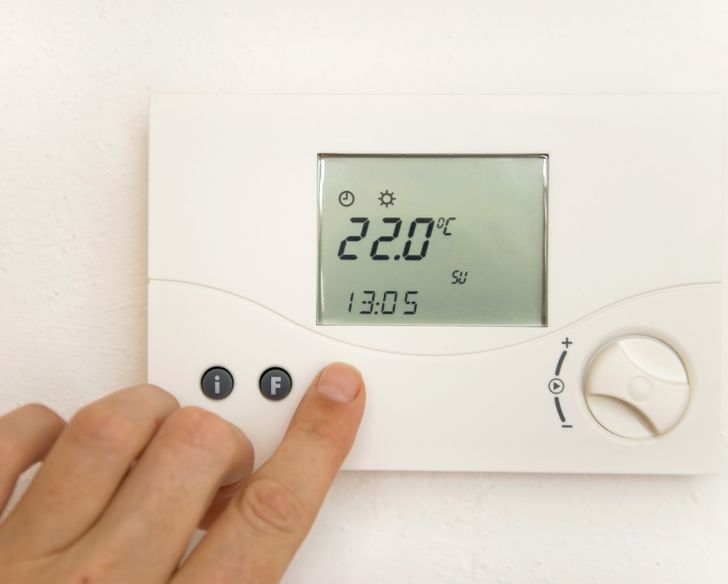I'm not quite sure
7 Tips to Reduce Swelling of Different Body Parts
Swelling can become a serious problem. A puffy face, hands, and legs look unhealthy and they’re quite uncomfortable. Surely, it’s a case when you need to consult with your doctor and do basic things, like consume less salt, but there are some additional tips that may help you.
We at Bright Side also know how it is to feel puffy and are sharing some professional advice we hope will be practical for you.
1. Have no more than one spoonful of sugar a day.
Specialists say that you don’t need to consume sugar to keep your blood sugar at a normal level. The excess glucose makes your face and eyes look puffy. Actually, our bodies are designed to have only 1 teaspoon of sugar a day.
2. Don’t skip exercises before your period.
Symptoms, such as a bloated stomach and swollen arms and legs, are common for premenstrual syndrome. Experts don’t recommend skipping exercising before your period. You need to do it regularly except for times when you don’t feel well or are sick.
3. Use a compression wrap for hands and legs at night.
If you feel comfortable, you can apply a bandage or make a compression wrap at night for your hands and legs. It helps reduce your swelling and prevent it from getting worse, so start from the bottom and then go up. Do not self-bandage if you have an infection on your abdomen, legs, or feet.
4. Don’t drink hot water.
Warm water improves blood circulation and speeds up digestion. It enlarges your blood vessels and more oxygen reaches all parts of your body. As a result, you get less puffy. But don’t drink very hot water. Experts say it may have the opposite effect and make your joints swell up.
5. Drink lemon water to reduce the chance of swollen feet.
Lemons are powerful anti-inflammatory agents. They can help enable your body to repair any damaged tissue and reduce swelling. They are especially good for inflammatory diseases such as arthritis and, in general, are a highly effective method for combatting swelling. Try to have water with lemon every day and keep doing it systematically.
6. Make sure you have the right home temperature.
There is a risk of swelling because of heat and humidity. Make sure that your home temperature is okay and doesn’t harm your body. Swelling occurs when the blood supply to the skin increases and you may feel dehydrated and puffy at the same time.
According to researchers, each room in your home has an ideal temperature:
- Living room: 68°F — 71.6°F
- Bedroom: 61°F — 66°F
- Office room: 68°F — 71.6°F
- Children’s bedroom: 61°F — 71.6°F
- Entryway: 59°F — 64.5°F
- Corridor: 59°F — 64.5°F
- Bathroom: 71.6°F — 75°F
- Kitchen: 64.5°F — 68°F
7. Check if the soles of your shoes are designed to reduce swelling.
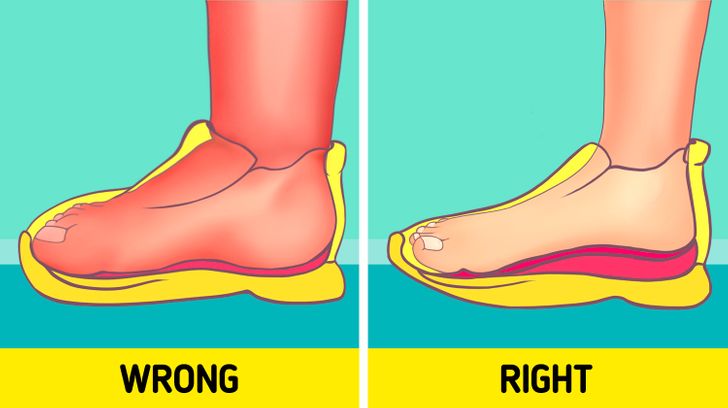
If you are wearing flat shoes that provide little support to your arch, then you may get inflammation of your plantar fascia. It leads to feet swelling. Skip flat shoes and pick something that supports your arch and heel.
What do you usually do to fight morning puffiness? How much salt and sugar do you consume?
Comments
Related Reads
20 Times Kids Were Too Smart for Their Age and Made Us Laugh Until We Cried

20 Family Members Who Turned Out to Be Wolves in Sheep's Clothing

15 Shocking Stories That Prove Not Every Teacher Is a Good One

12 Stories About Surprises That Can Await Us on a Journey

I Thought My Husband Was Cheating on Me, but It Turned Out to Be Much Worse

15 Eerie True Events That Break Every Rule of Reason

16 Taxi Drivers Told Us Their Strangest Job Stories and They Could All Win a Best Plot Award

19 Funny Things People Said After Anesthesia That Can Make You Laugh Harder Than Getting Tickled

16 Supermarket Stories That Have an Unexpected Twist

I Refused to Split My Son’s Inheritance With My Other Son

I Invited My Son’s Ex-Wife to Thanksgiving Dinner — It Ended Tragically

I Expected Something Special for My 50th Birthday — His Gift Left Me Humiliated
